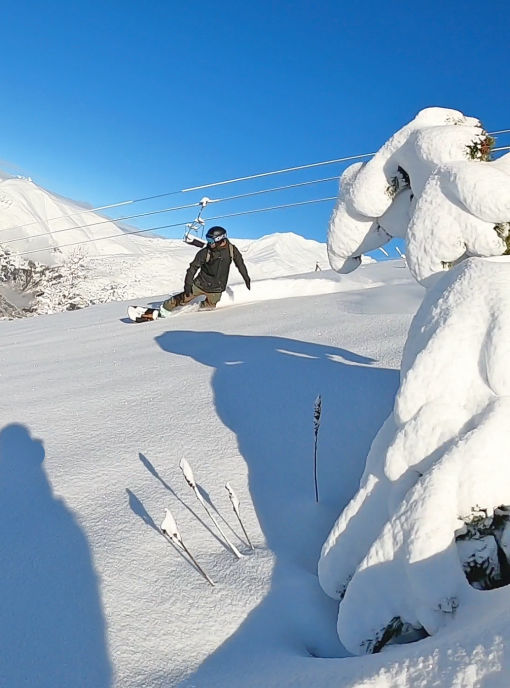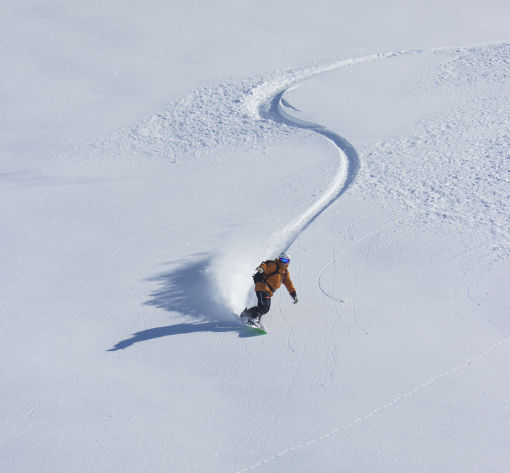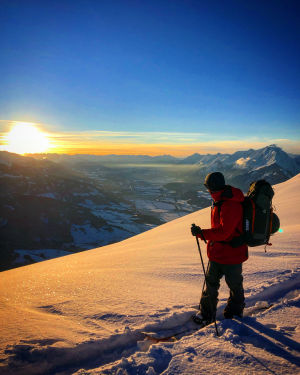THE TRANSFORMATION BEGINS
Level 1 Riders

We can all get from A to B on a board, but if you want more from your riding then we'll need to introduce some new skills and create a stronger platform for future development.
Do you want to ride trees with confidence? Hit steep terrain in control and not side slip the whole slope? Do you want to dynamically read the piste to maximise fun and yet still be safe? Do you want learn to ride off piste safely and efficiently?
If you're willing and open to change then this is the place to start the transformation.

